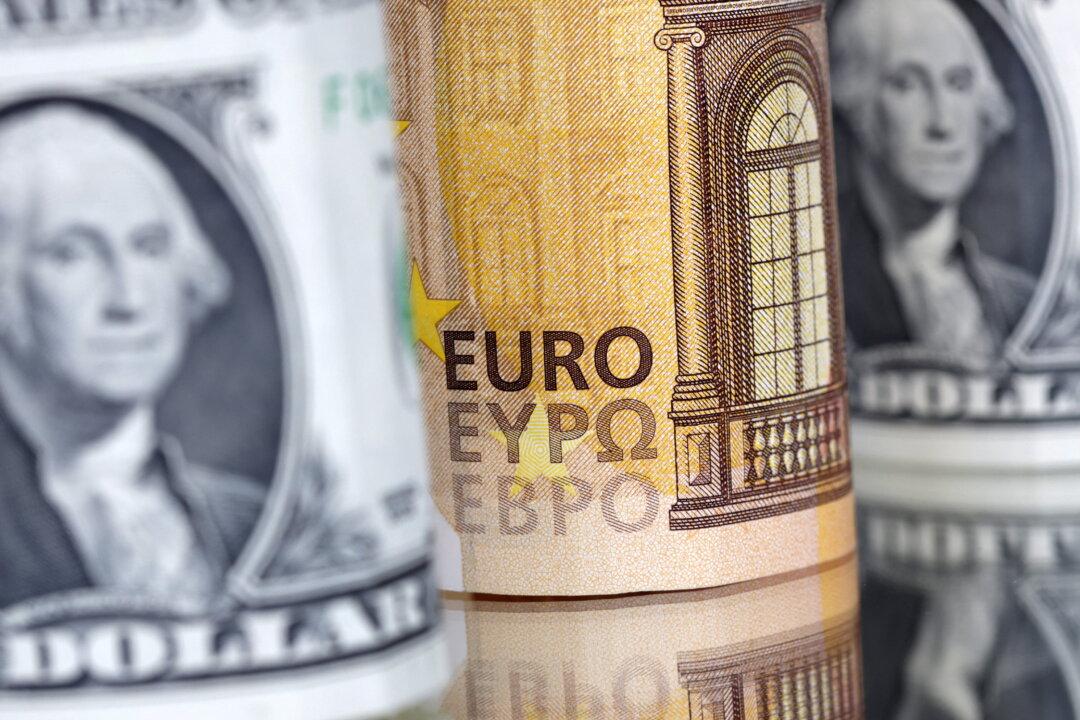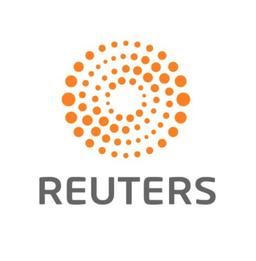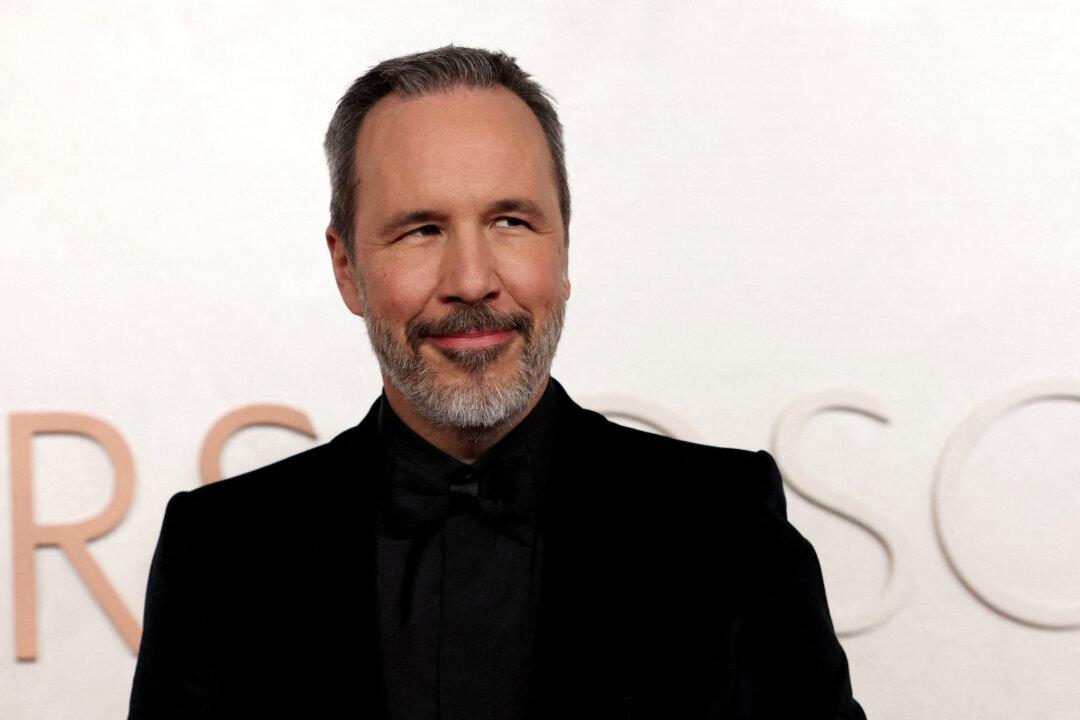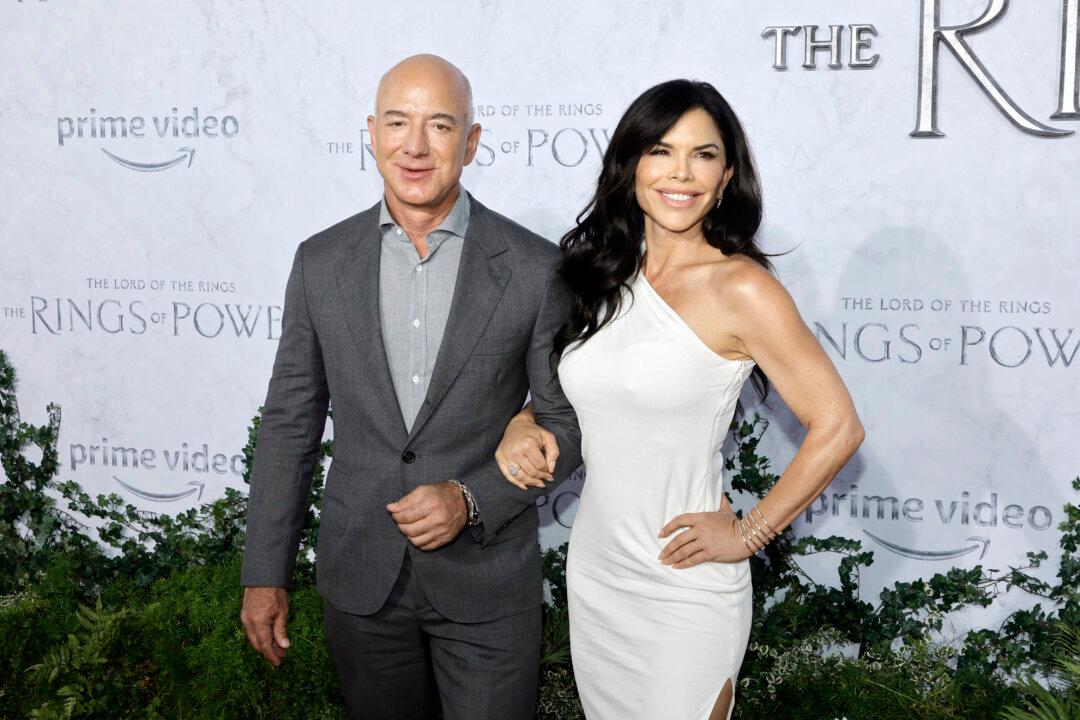TOKYO/LONDON—The euro edged up from near a three-month low against the dollar on Thursday as traders waited to see if the European Central Bank would raise rates, a day after U.S. inflation data failed to alter views for a Federal Reserve pause next week.
The euro added as much as 0.21 percent to $1.0752, continuing its grind higher from last week’s low of $1.0686, its weakest since mid June.





